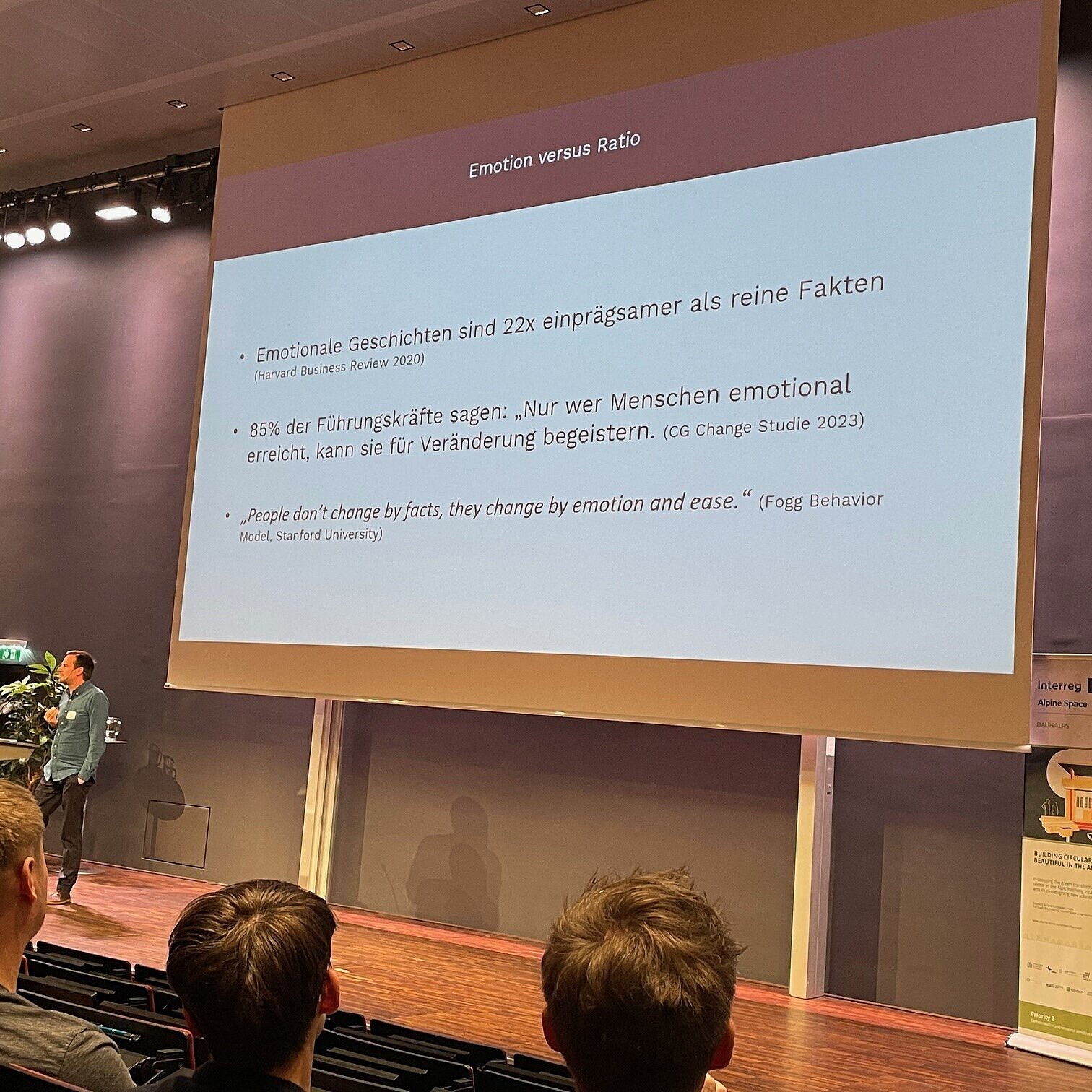Analysis of the coronavirus impact on the Bavarian cultural and creative industries
03.03.2021
The coronavirus pandemic has hit the Bavarian cultural and creative industries (CCI) hard. This is the result of an analysis of the economic damage commissioned by the Bavarian Center for Cultural and Creative Industries/Bayern Innovativ GmbH. Turnover fell by a total of 5.7 billion euros or 14% to 34 billion euros in 2020. However, the effects of the crisis reveal significant differences.

The cultural industry[1] is particularly affected, where the measures to contain the pandemic are severely disrupting economic activity. The experience of art and culture takes place to a large extent in physical space, which was and continues to be unavailable or only available to a limited extent as a space for interaction due to contact restrictions and lockdowns. The decline in turnover in the Bavarian cultural sector thus amounts to 22%, reducing the turnover level from €22.2 billion in 2019 to €17.4 billion in 2020. In contrast, the 5% decline in turnover in the creative industries with the software/games and advertising submarkets is significantly lower. This is primarily due to the strength of the creative industries in digital business.
Within the cultural industries themselves, the losses in turnover also vary considerably. The performing arts have been hit hard, with a drop in turnover of 85% in 2020, followed by the art market (-46%), the music industry (-45%) and the film industry (-43%). So far, the impact on the architecture market (-6%) and the book market (-7%) has been less severe. The impact on the industry is particularly impressive when a comparative benchmark is used. For example, the performing arts, the art market and the film industry have seen their sales fall back by more than ten years to pre-2009 levels. The same applies to the press market. The broadcasting industry, the second-largest submarket in the sector in terms of total sales, is still down on 2013. The overall losses in value are considerable.
Outlook 2021
2021 also promises to be a challenging year. According to the analysis, the cultural and creative industries in Bavaria will be affected in three scenarios depending on the course of the pandemic, the success of the vaccination and the measures taken to combat it. Accordingly, sales losses of EUR 2.4 billion or 6% (short lockdown scenario) to EUR 7 billion or 18% (two lockdowns scenario) are expected compared to the pre-crisis year 2019. The third scenario is based on the assumption of a long lockdown (long lockdown scenario) and has a medium impact with a decline in sales of 12% or EUR 4.6 billion.
Compared to the previous year 2020, recovery effects of between 3% (long lockdown) and 10% (short lockdown) are expected - with the exception of the scenario of a repeated lockdown. After initially significant sales losses in the first quarter, due among other things to ongoing event cancellations, retail store closures, losses due to production stops and postponements of new releases, a slow recovery is expected for all three scenarios in the following months. Nevertheless, there will also be significant differences between the submarkets, for example due to downstream losses such as the loss of income from collecting societies[2] for the art market, music market, book market and film industry.
Consequences
The results of the analysis underline the need for government support. Months of business closures, persistent order cancellations and the resulting loss of income mean existential hardship for many solo self-employed people and small and micro businesses. The Free State of Bavaria has mobilized considerable financial resources to support the economy and thus also the cultural and creative industries.
It is also important to create prospects and promote the cultural and creative industries as a critical resource for economic and social transformation. Aid to bridge economic difficulties caused by the coronavirus crisis should therefore not be seen as subsidies for a needy sector, but as necessary investments in the future of Bavaria as a business location. The strength of the cultural and creative industries was impressively documented in the 2nd Bavarian Cultural and Creative Industries Report, published just before the outbreak of the pandemic. The sector plays a particularly important role in enabling and shaping a new normality that meets the challenges of the present. The creative process often functions as a boundary-breaking element that breaks through existing organizational structures (sectors, industries, functions, etc.) and creates new contexts of action, meaning and economic relationships in the dense network of value creation beyond established boundaries. In this way, the cultural and creative industries in Bavaria make a significant contribution to the prosperity of the state.
Statement by Minister of State Aiwanger
"Corona is a turning point for the Bavarian cultural and creative industries. The positive and dynamic development of the industry in the pre-crisis years has been significantly slowed down and many companies are facing existential difficulties. It is therefore our political duty to help the entire industry get back on its feet as quickly as possible. The tens of thousands of creative professionals, service providers, creative artists and agencies are indispensable drivers of our economy and society. We need their ideas and concepts in order to overcome current and future challenges. Bavaria should continue to be the home for creative minds and innovative business models in the future. I will therefore continue to lobby the federal government and the state government for financial support."
[1] As the industry term suggests, the cultural and creative industries in Germany are made up of two areas: the cultural and creative industries. The cultural industries include the music industry, book market, art market, film industry, broadcasting industry, performing arts, design industry, architecture market and press market. The software/games industry and the advertising market together form the creative industries.
[2] The distribution plans of the collecting societies provide for the distribution of income to authors with a time delay. The loss of revenue from 2020 will therefore not be felt until 2021.




